The question that causes the most stress in any move…
"How many boxes am I really going to need?"
Buy too few → last-minute panic. Buy too many → wasted money. Keep reading or try the calculator right now:
 CALCULATE MY BOXES
CALCULATE MY BOXES
Free • 40 seconds • No registration required
That's why we created Telecajas Smart Calc™ : the only calculator that doesn't just ask for square meters , but understands how you really live.
It takes into account what all the others ignore.
- ✓ Years living in the house
- ✓ If you have a storage room / garage / attic
- ✓ Your actual level of “accumulation”
- ✓ Correct types of boxes (no books in giant boxes!)
It tells you exactly how many of each type you need.
+ It calculates rolls of tape, meters of bubble wrap, and the exact size of the van in m³
Tips that save you trouble (learned the hard way)
- Buy bundles → always cheaper
- Close in an "H" shape with good tape
- Label on the sides, not just the top
- Never buy books in large boxes → the bottom breaks
This time you don't have to guess.
This time you arrive at your new home with everything under control and without a single extra box.
💕 Your next move can be the first one that goes perfectly.
How does the most accurate moving box calculator in Spain work?
Our free moving box calculator is the most popular tool for people who want to know exactly how many boxes they need for a move without making a mistake or overspending. Just answer 6-8 quick questions: approximate square footage, years living in the home, whether you have a storage room or garage, your level of accumulation (minimalist, normal, or "I keep everything"), and any special rooms. In less than 40 seconds, the algorithm will give you the results.
- ✓ Exact number of cardboard boxes for small, medium, and large moves
- ✓ How many wardrobe boxes with clothes rails do you need for hanging clothes?
- ✓ Recommended rolls of tape and meters of bubble wrap
- ✓ Total volume in m³ and ideal van size for your move
Thousands of people have already used this free online moving calculator before buying their packages from Telecajas and confirm that it's 95-98% accurate. Forget the old rule of "one box per square meter." With Telecajas Smart Calc™ you know exactly how many cardboard boxes you need for your move , based on your specific situation.




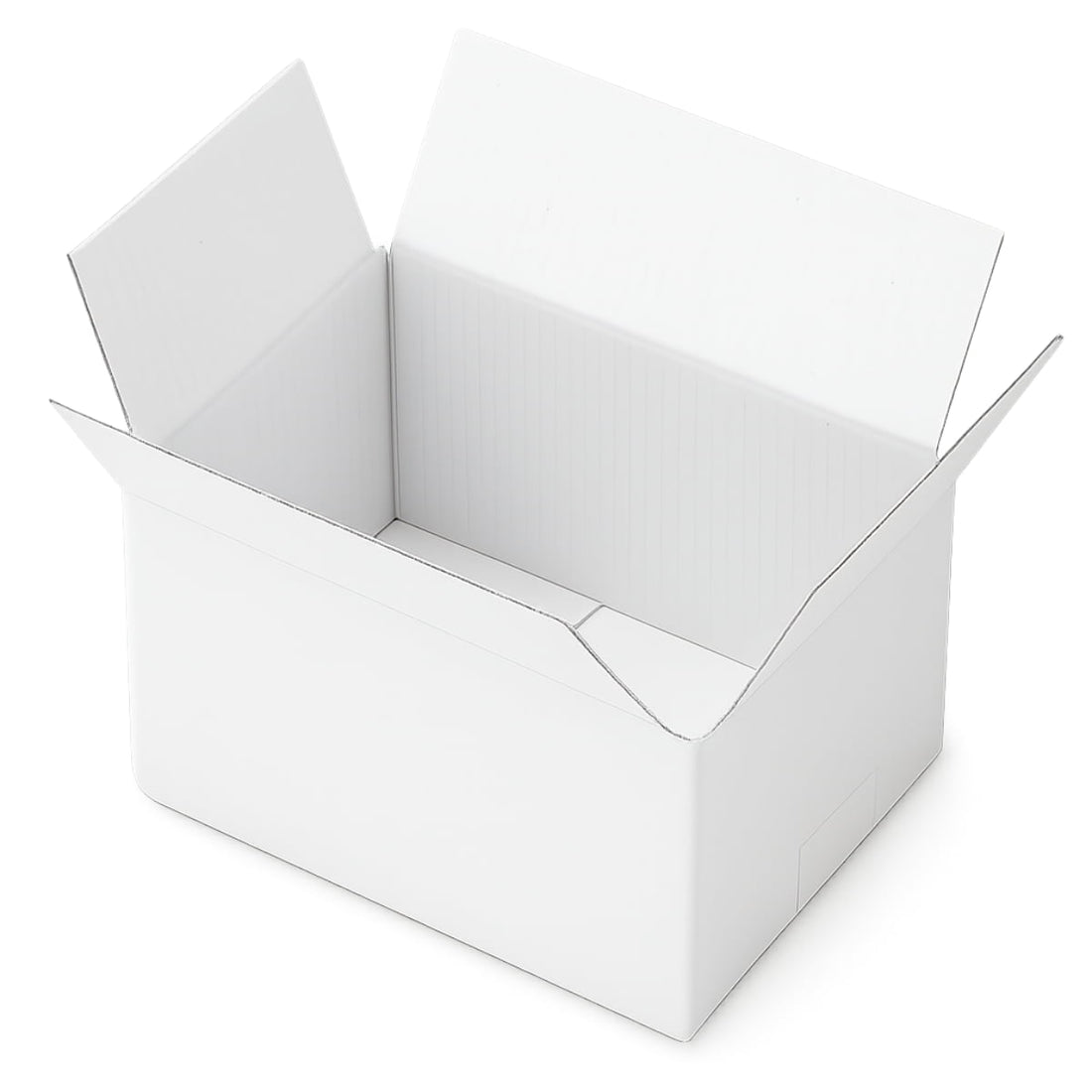
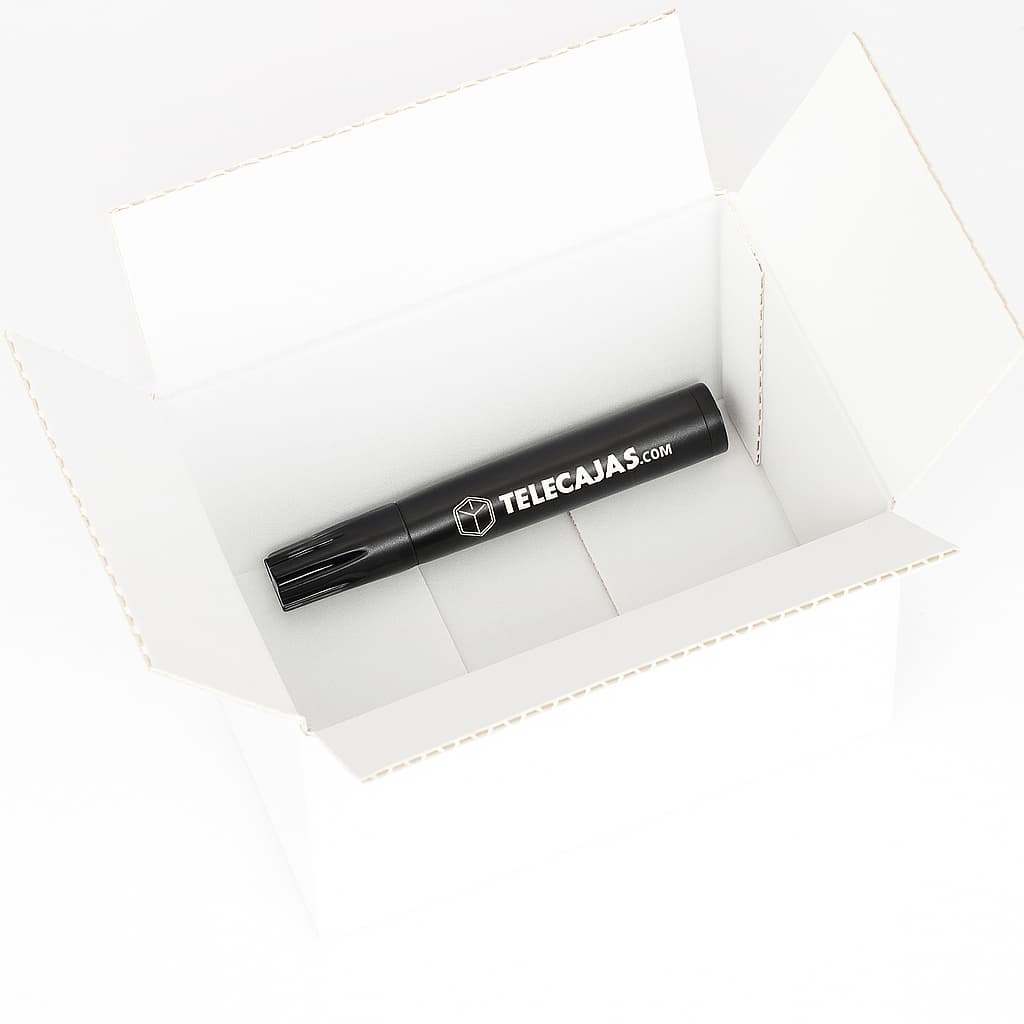
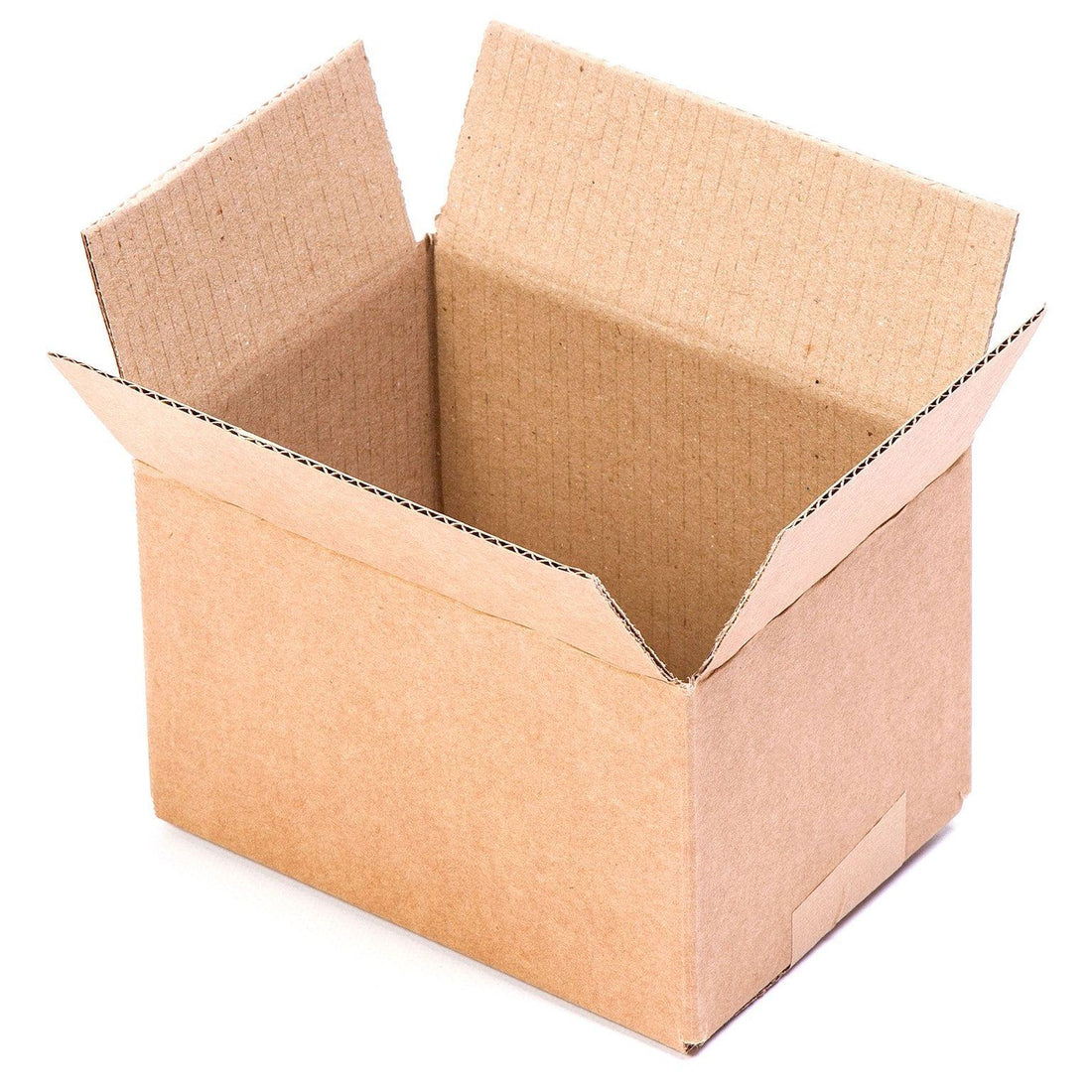
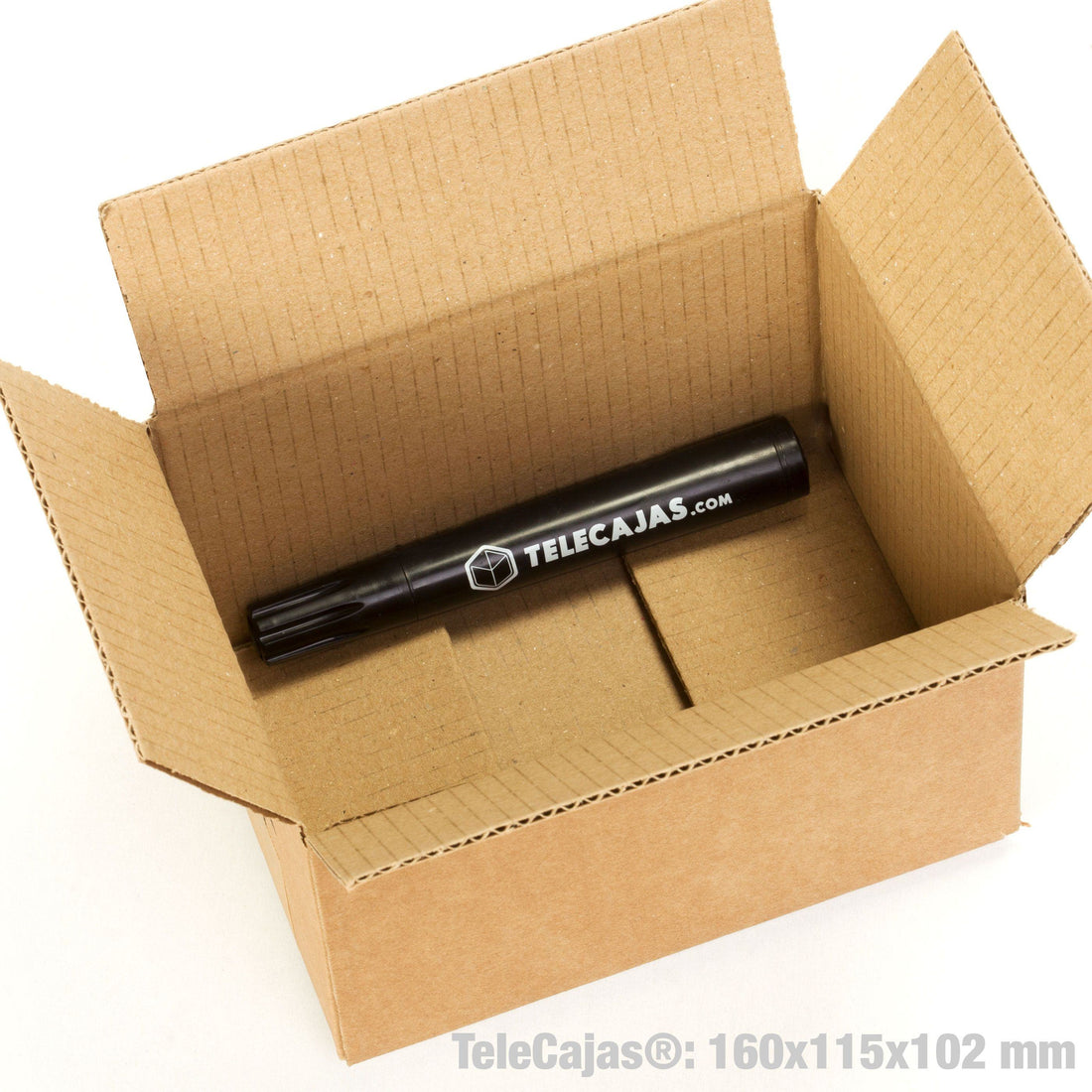
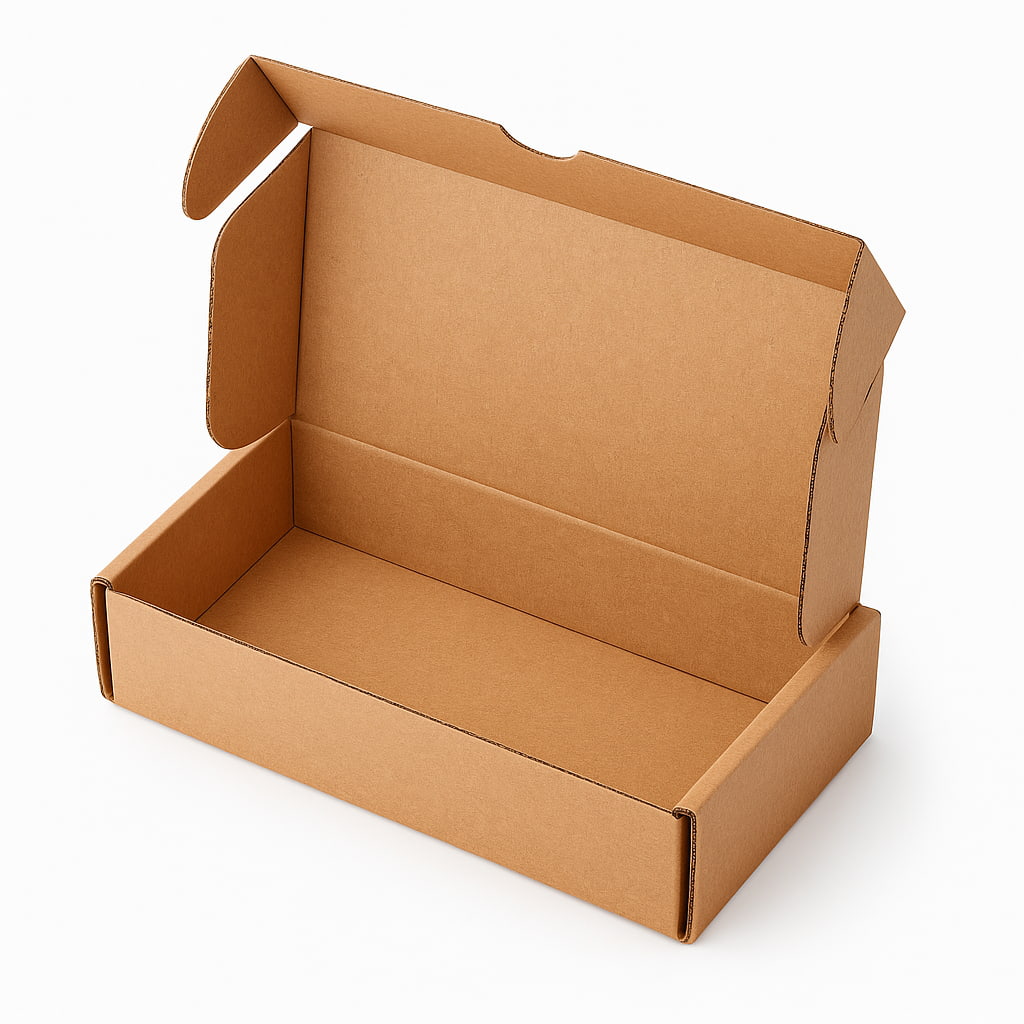
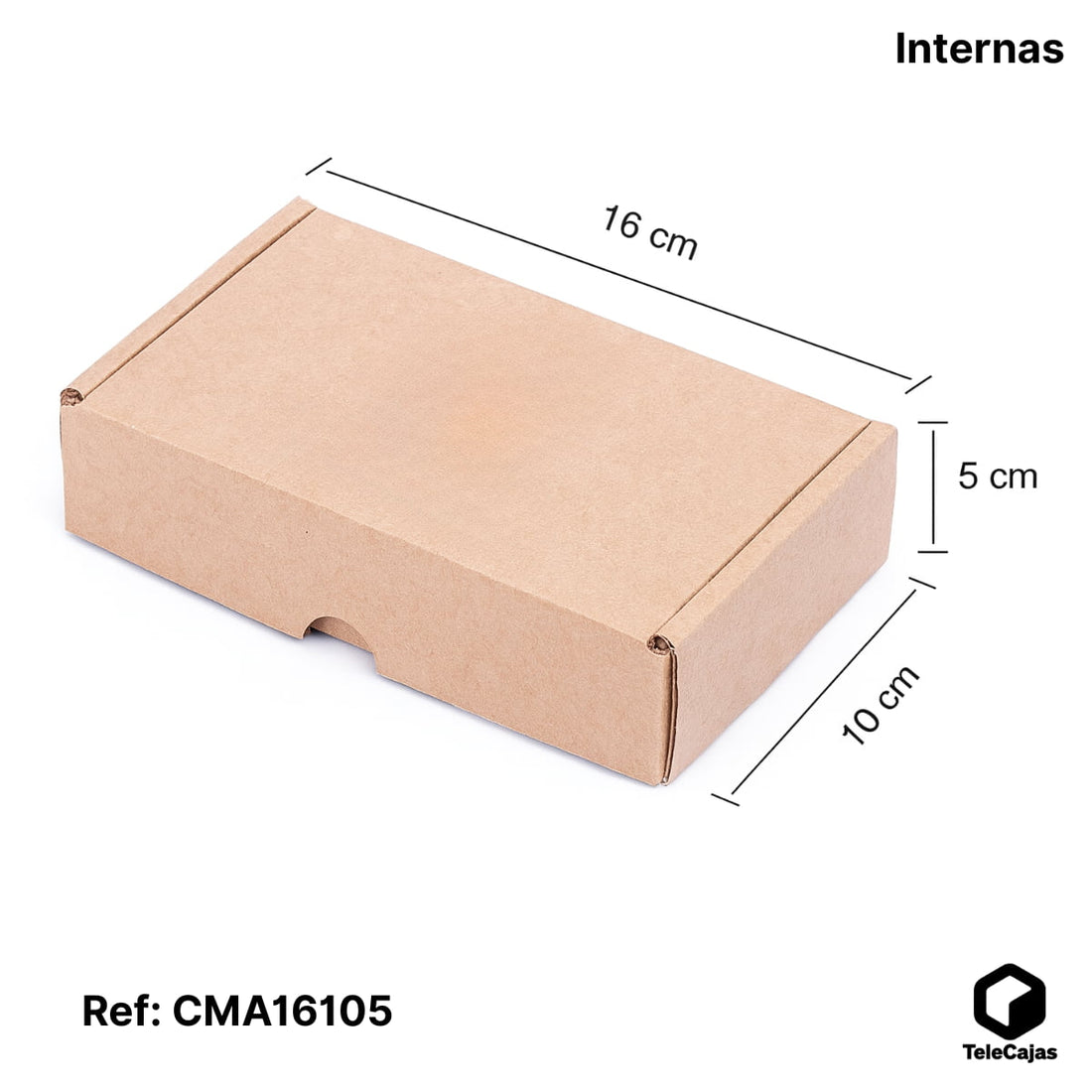
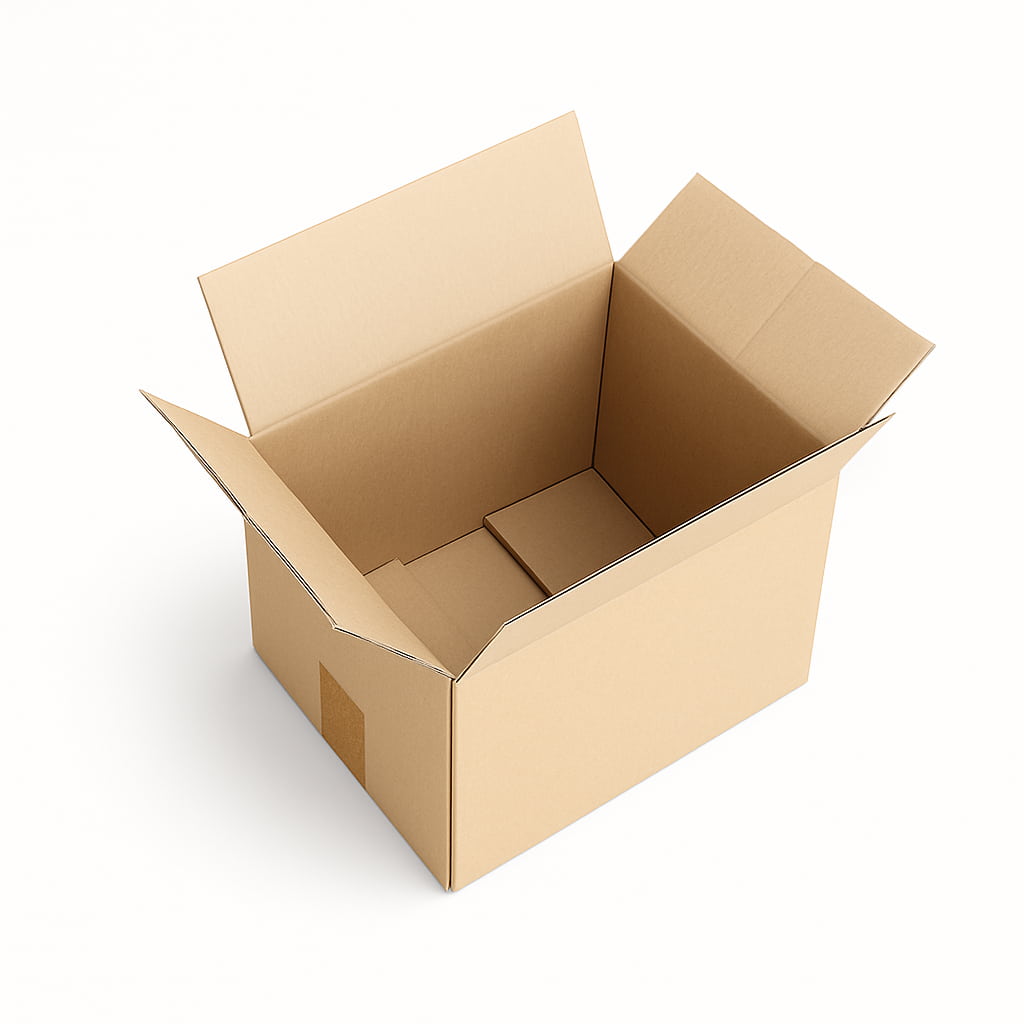
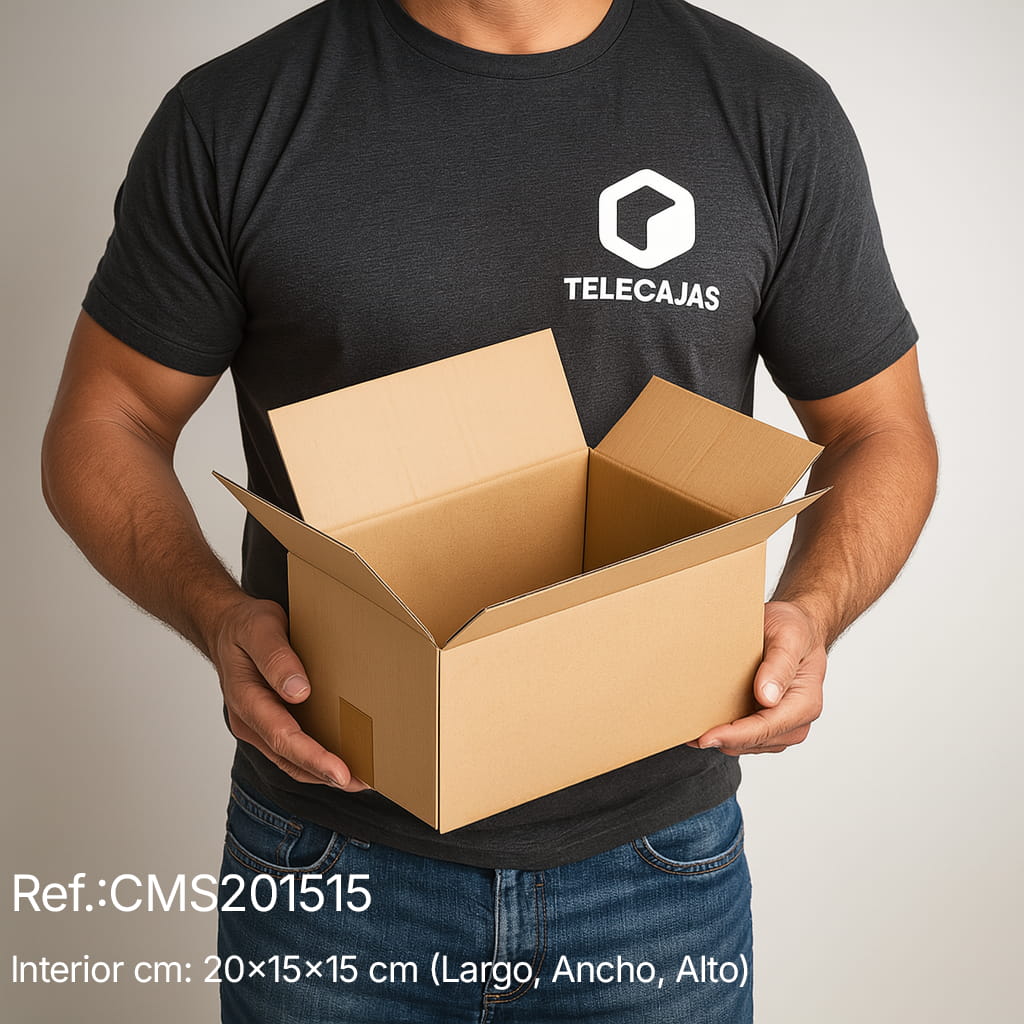
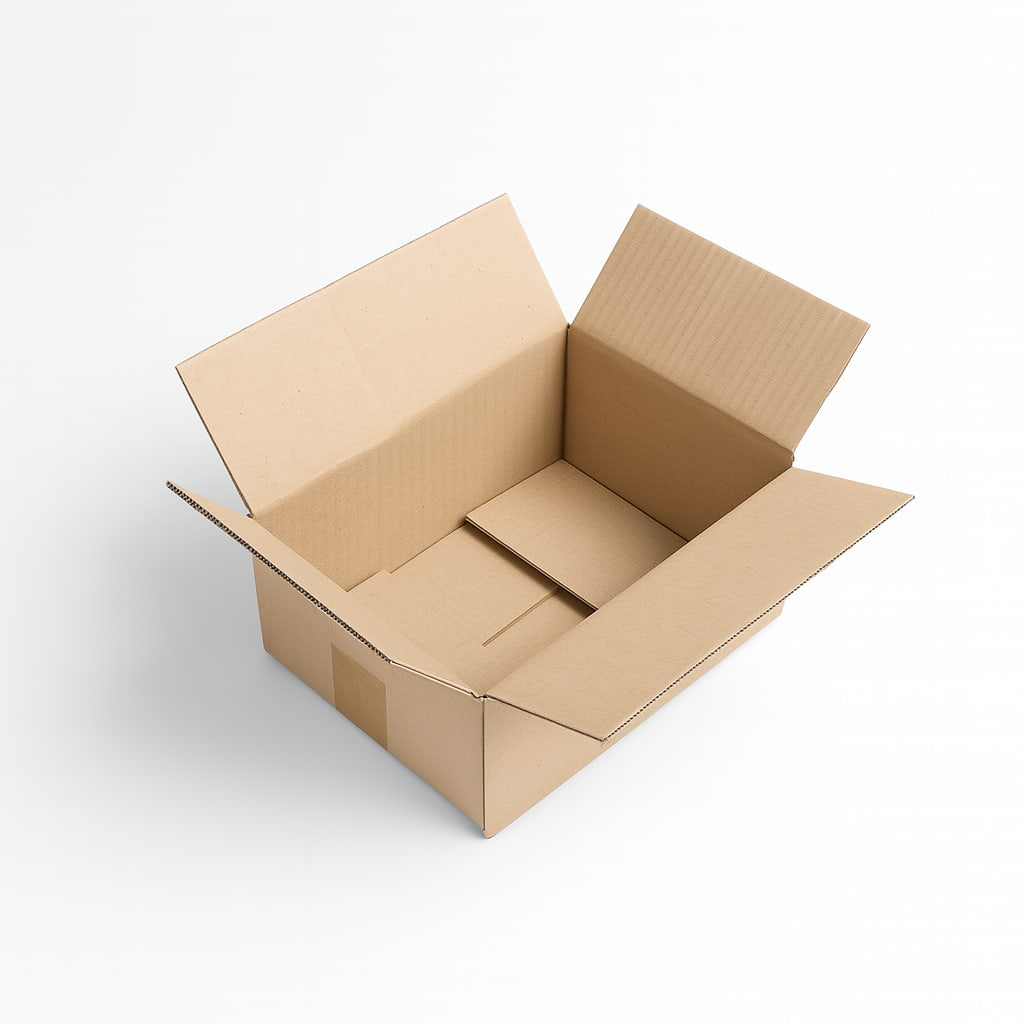
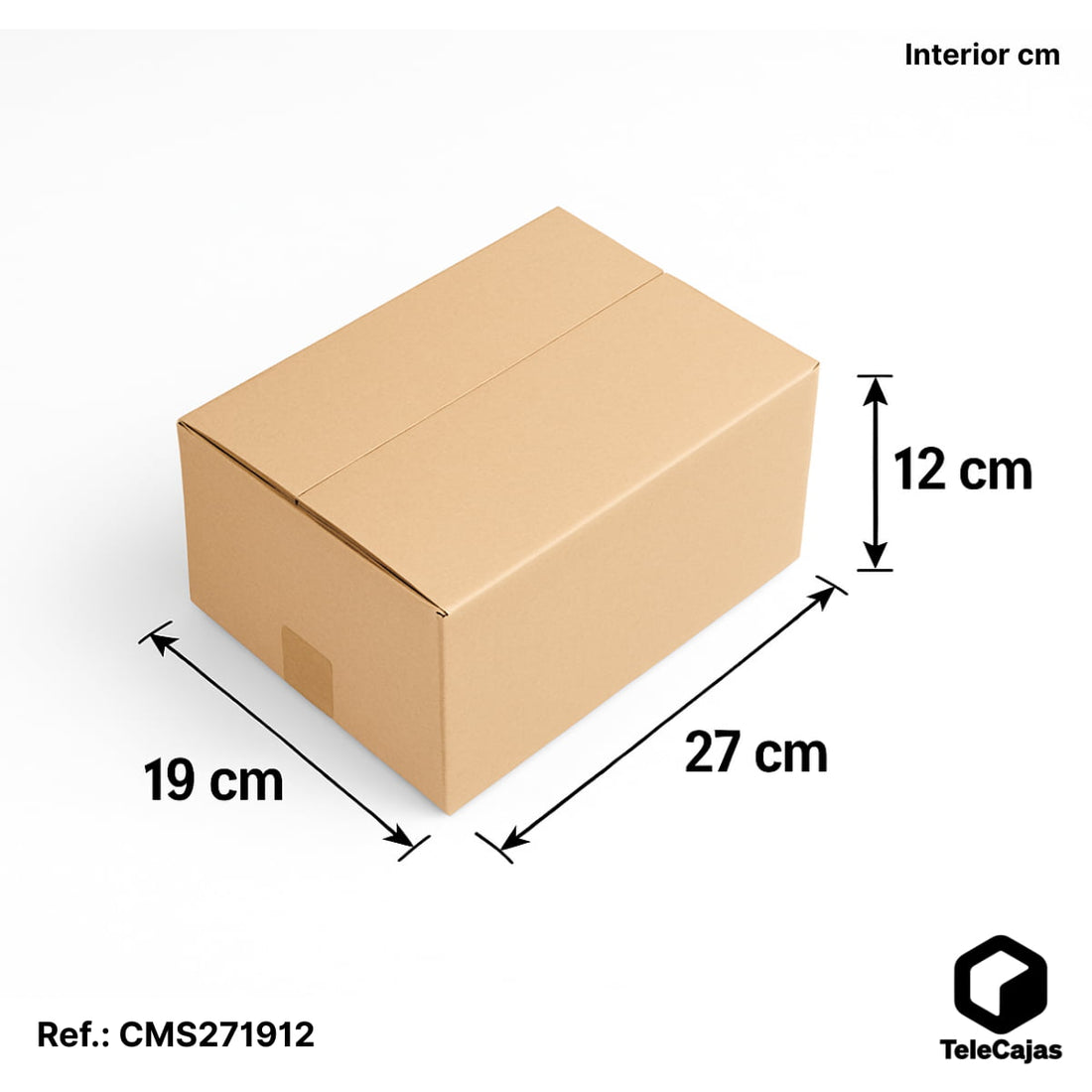
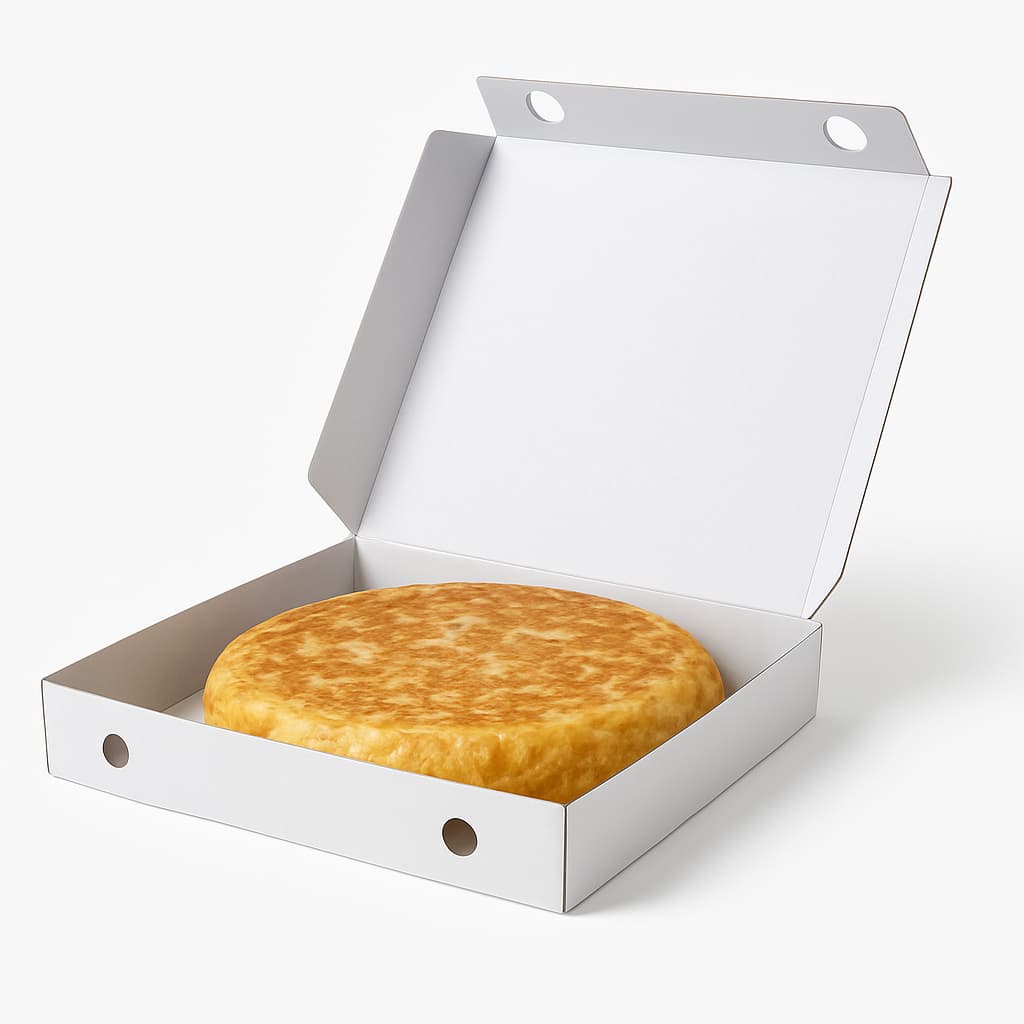
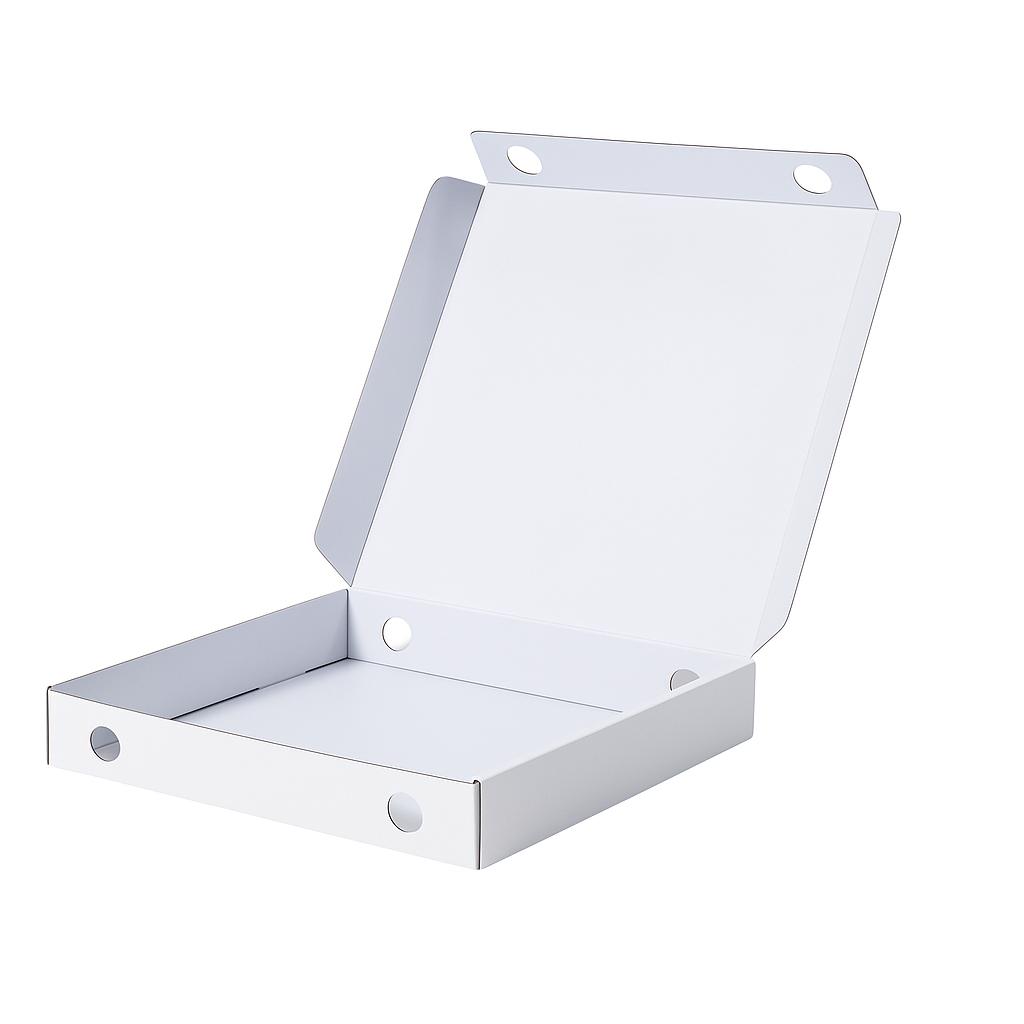
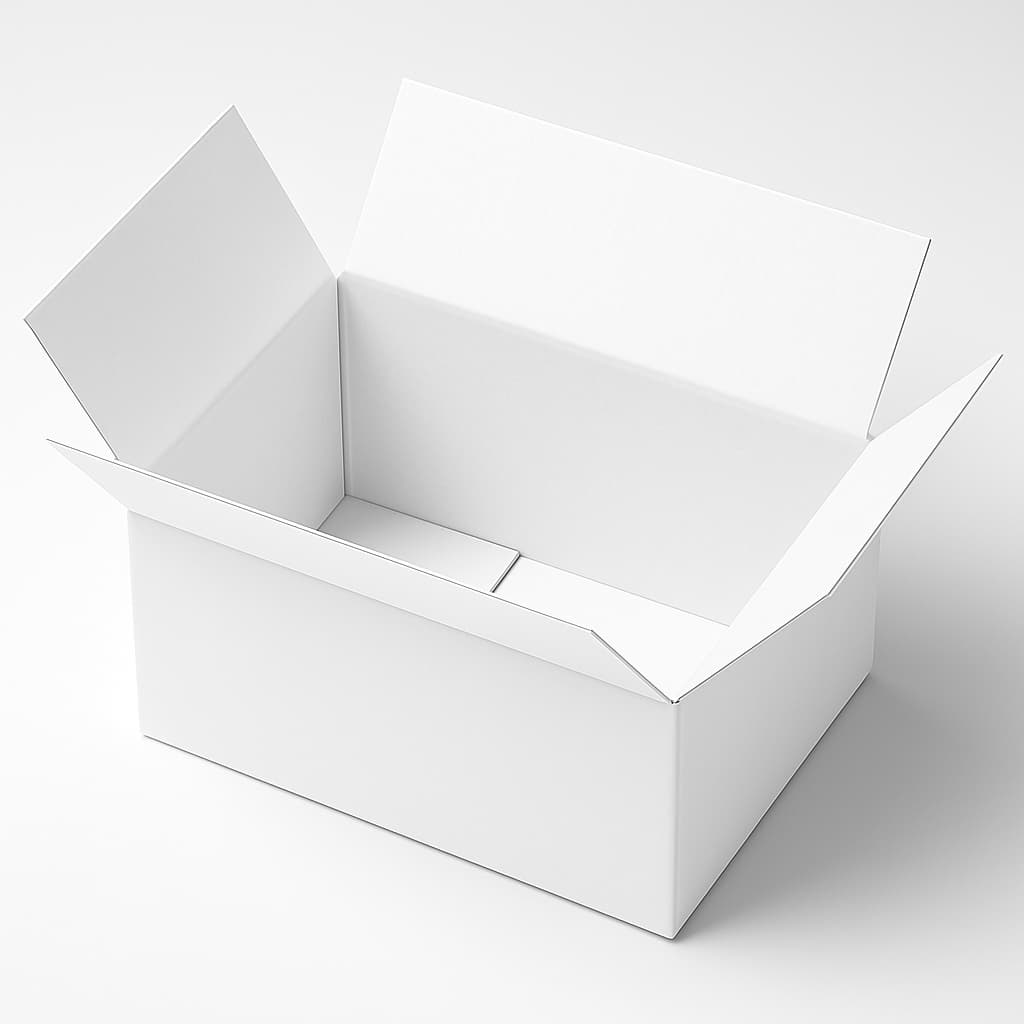

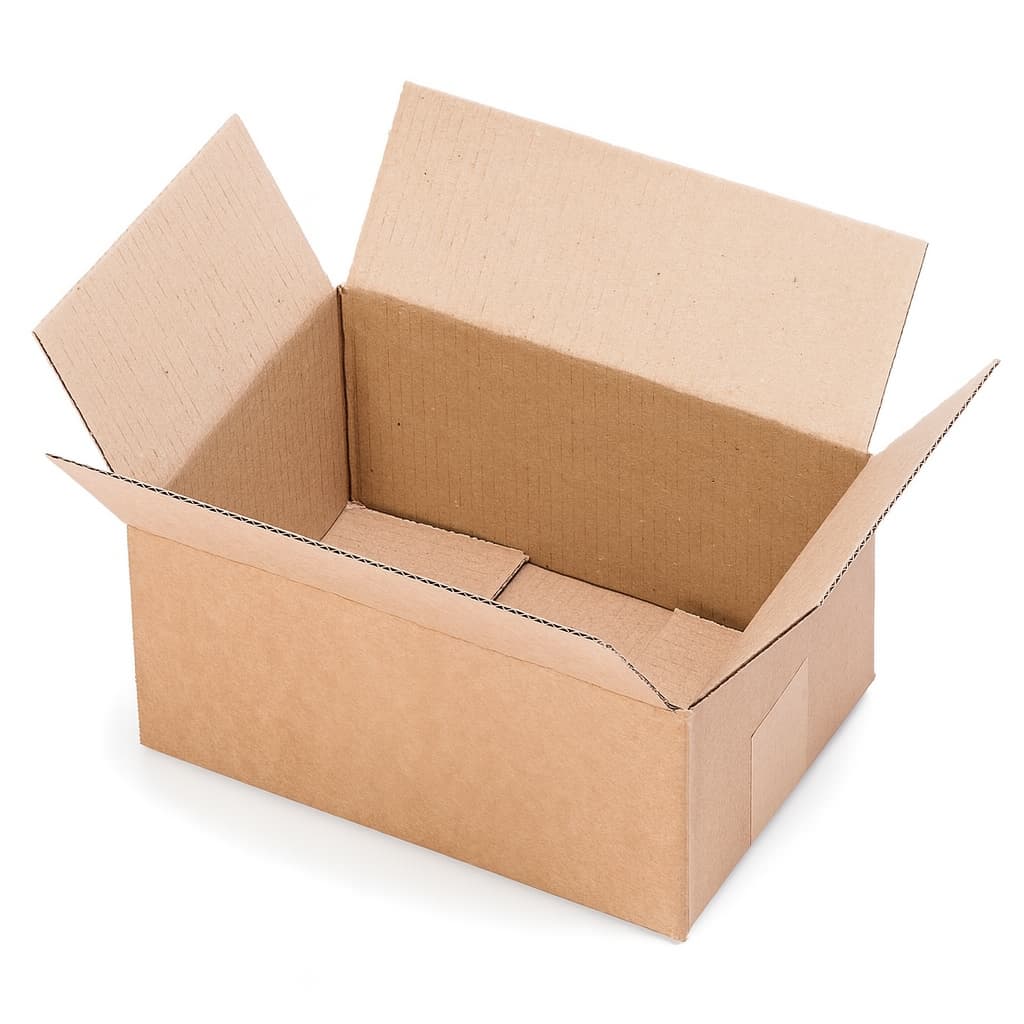
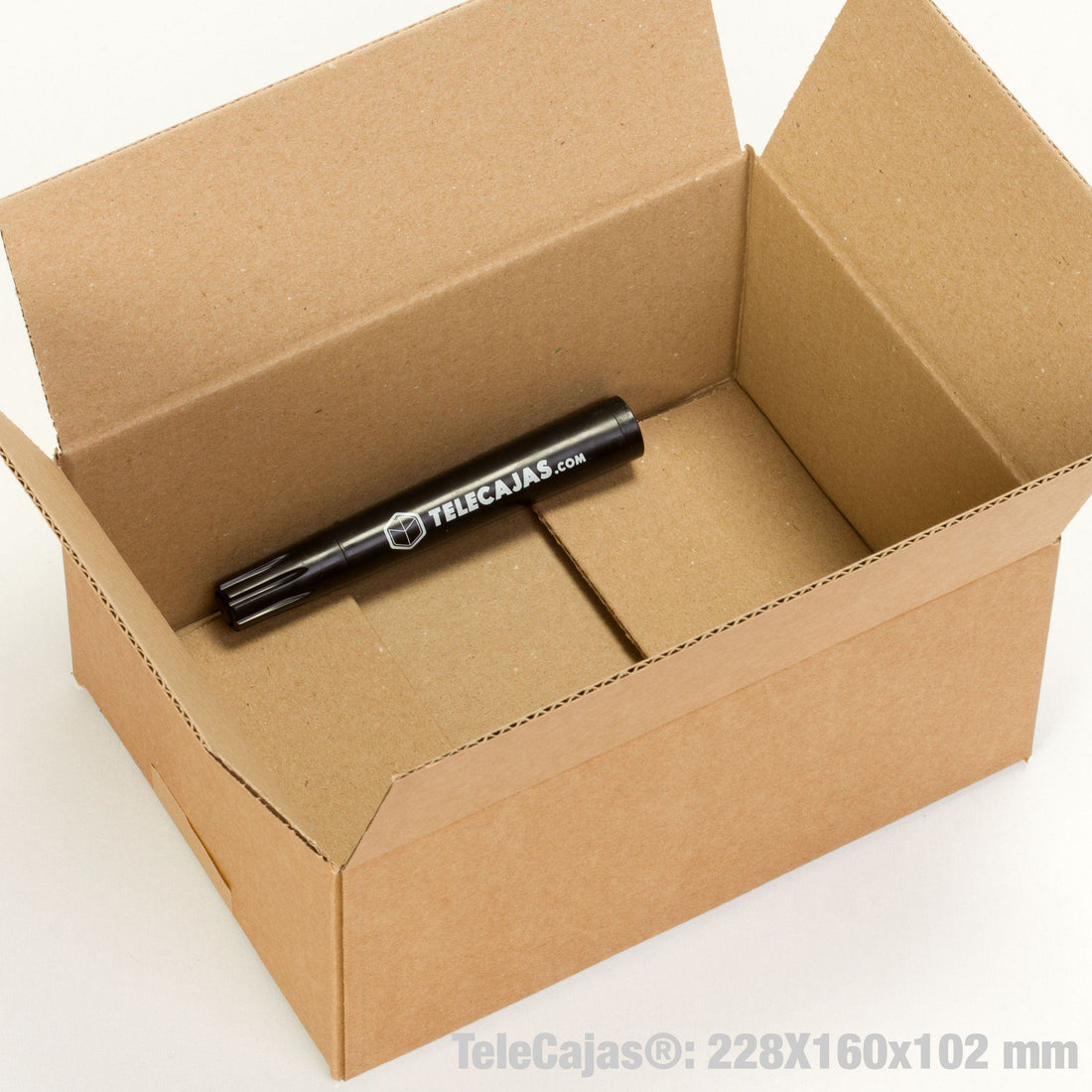
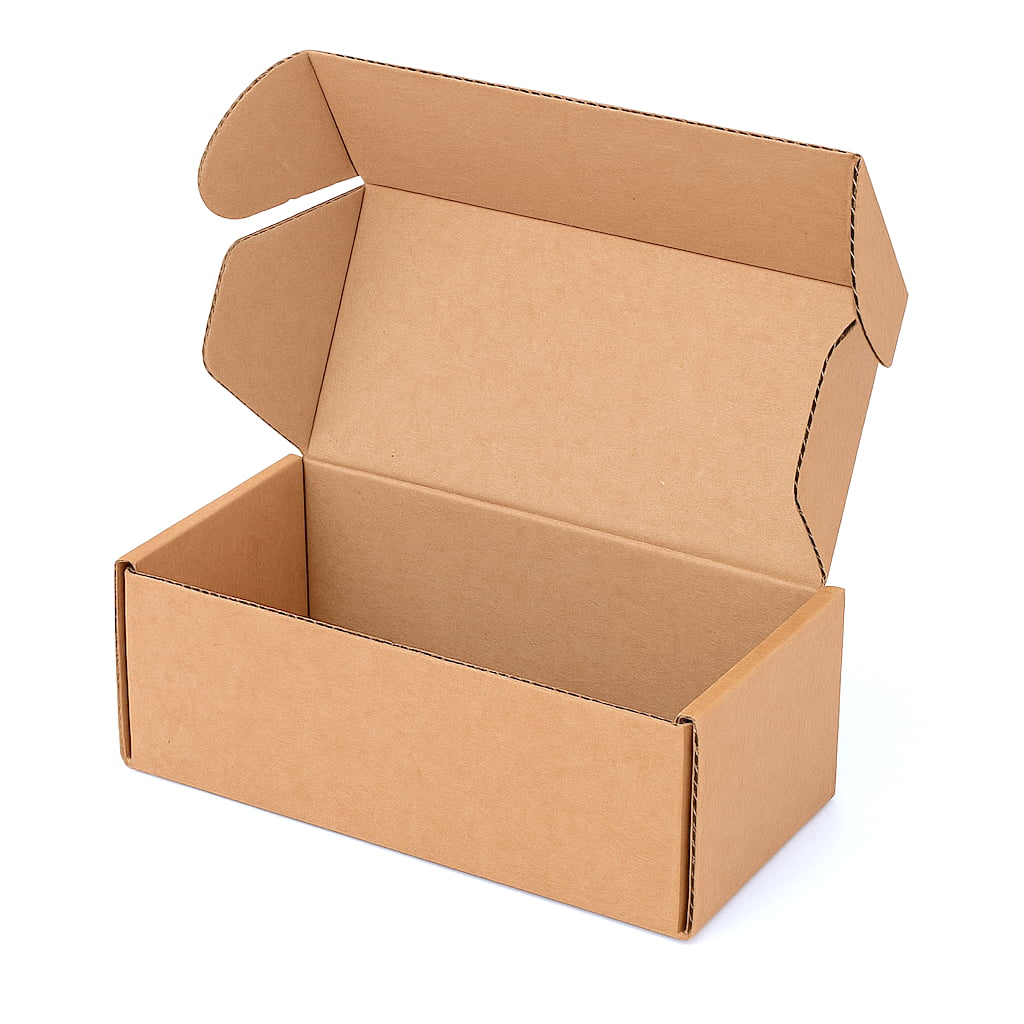
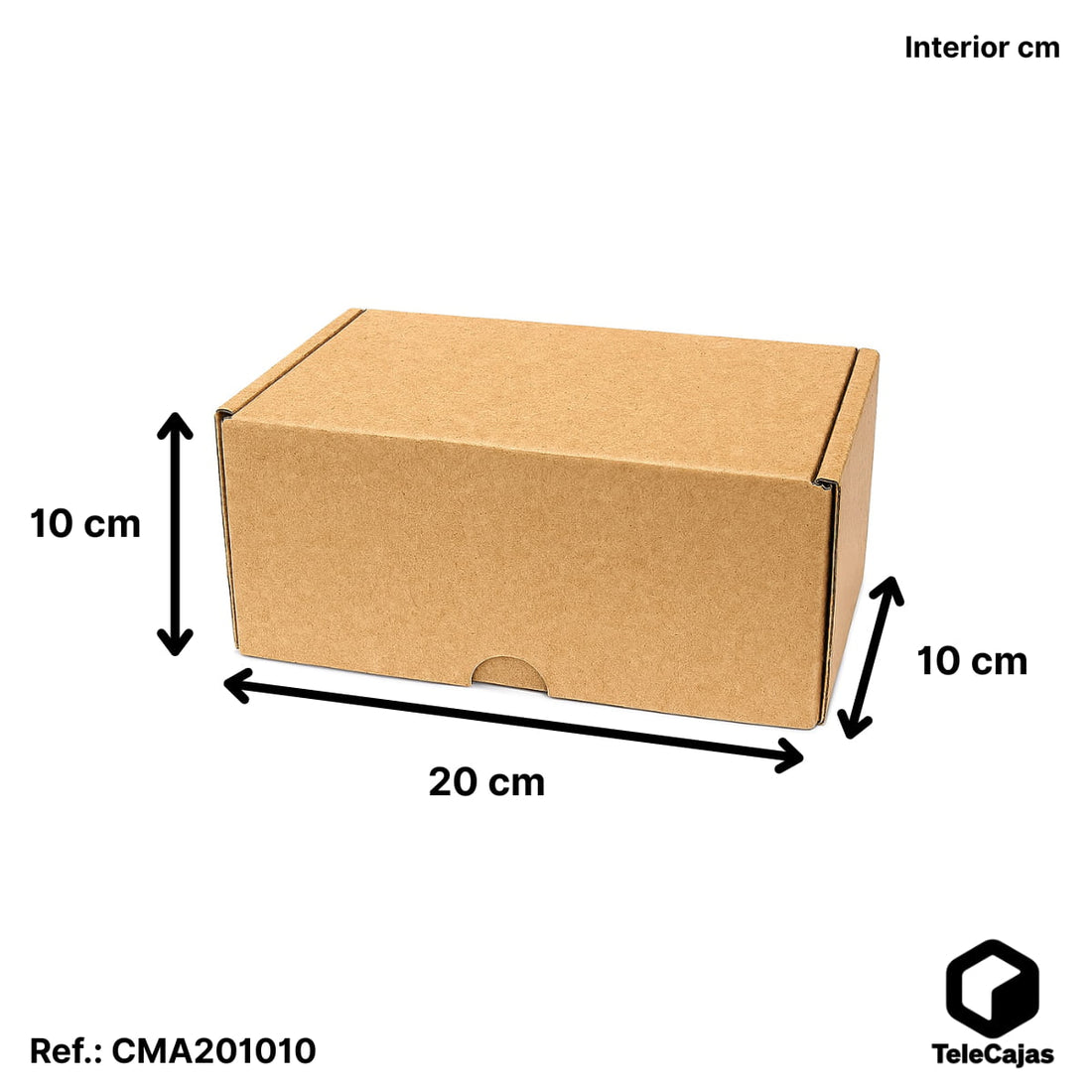
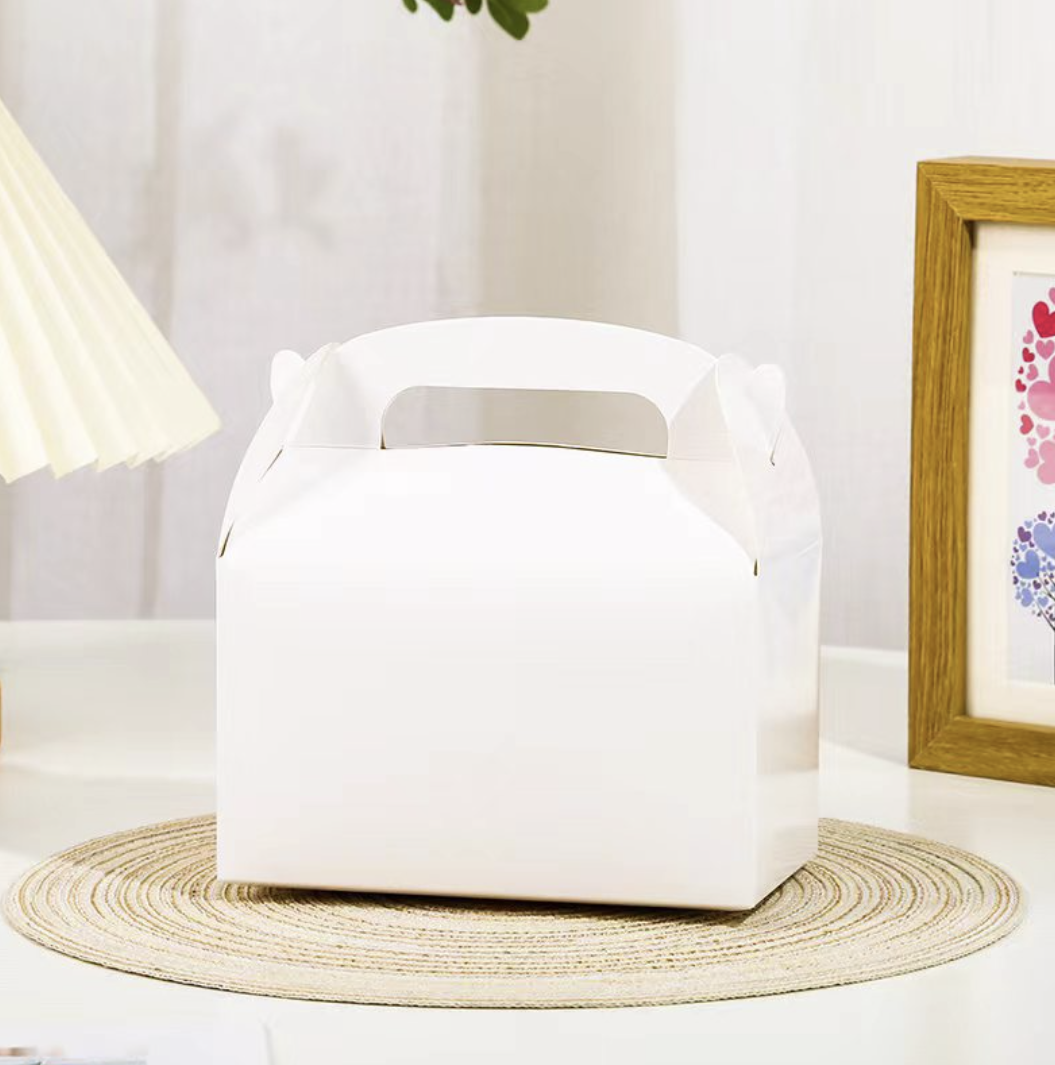

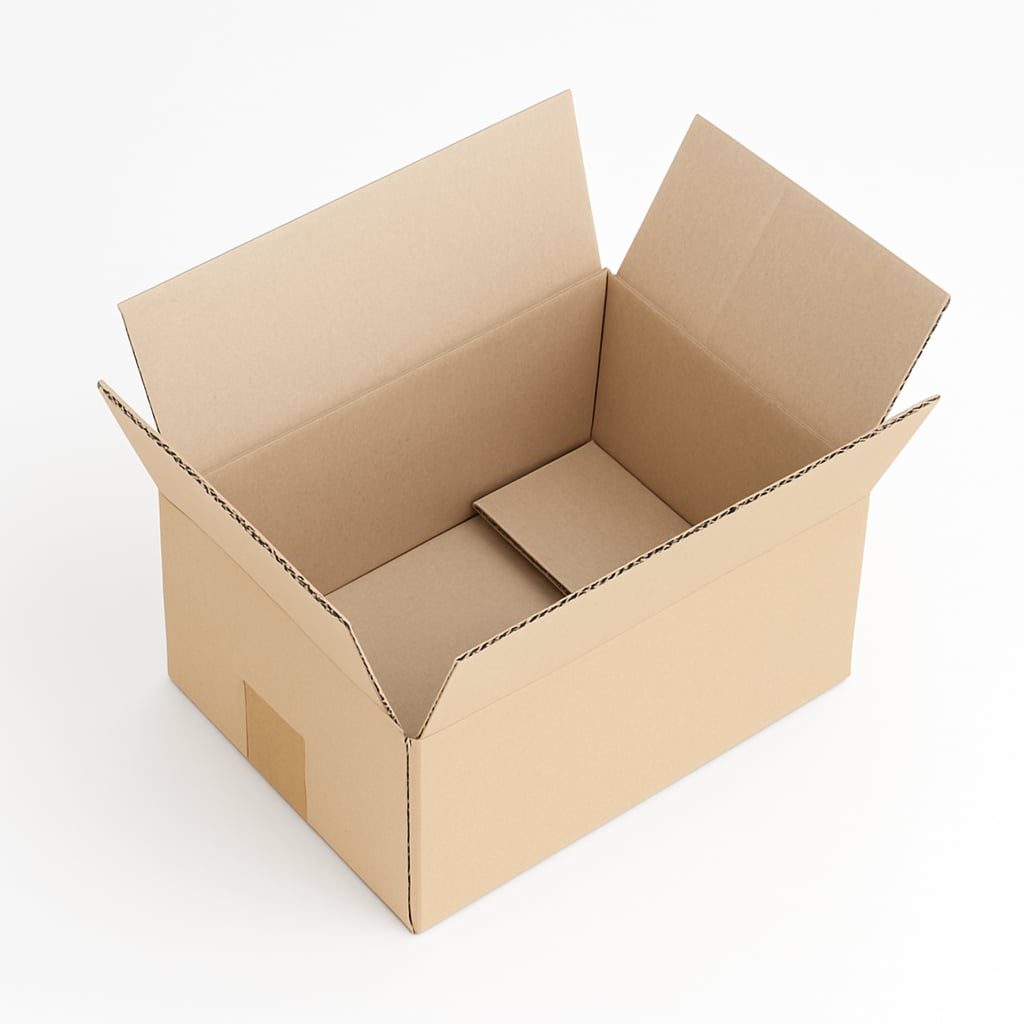
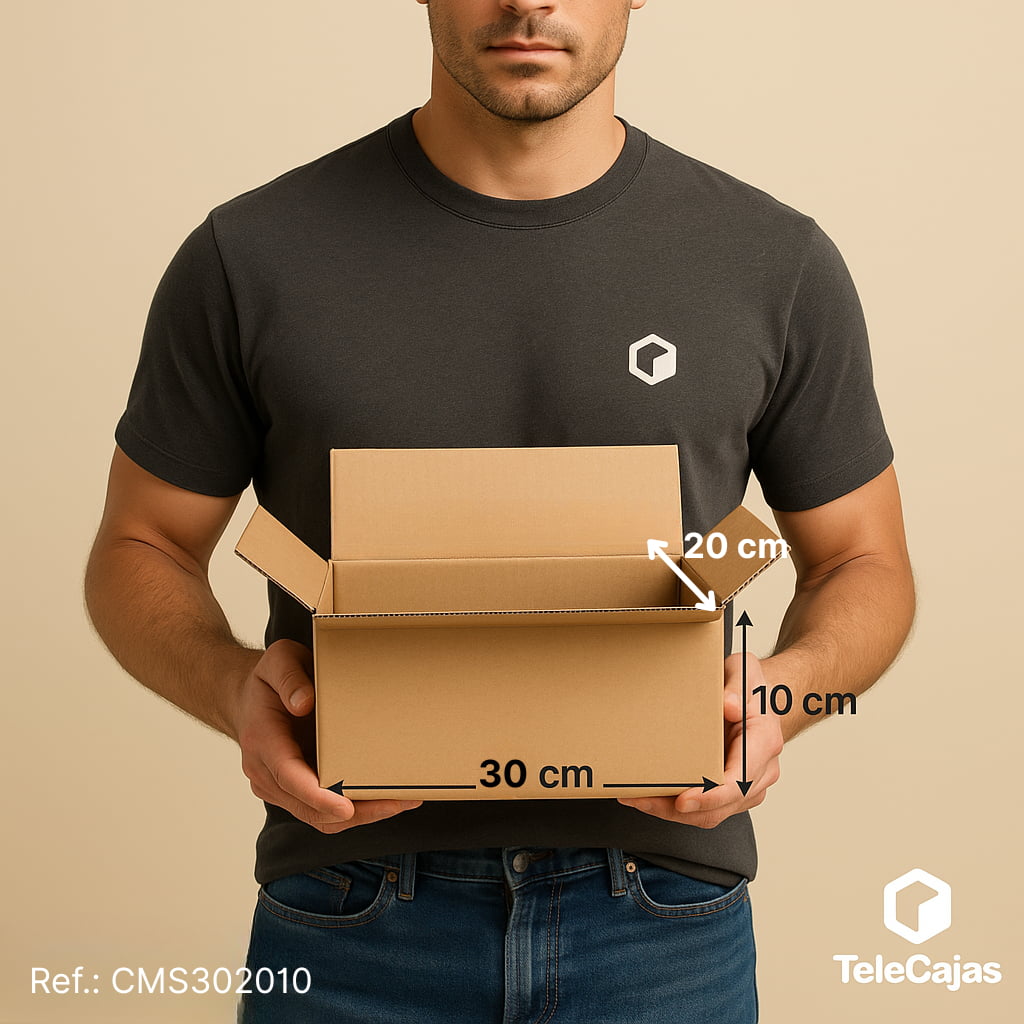
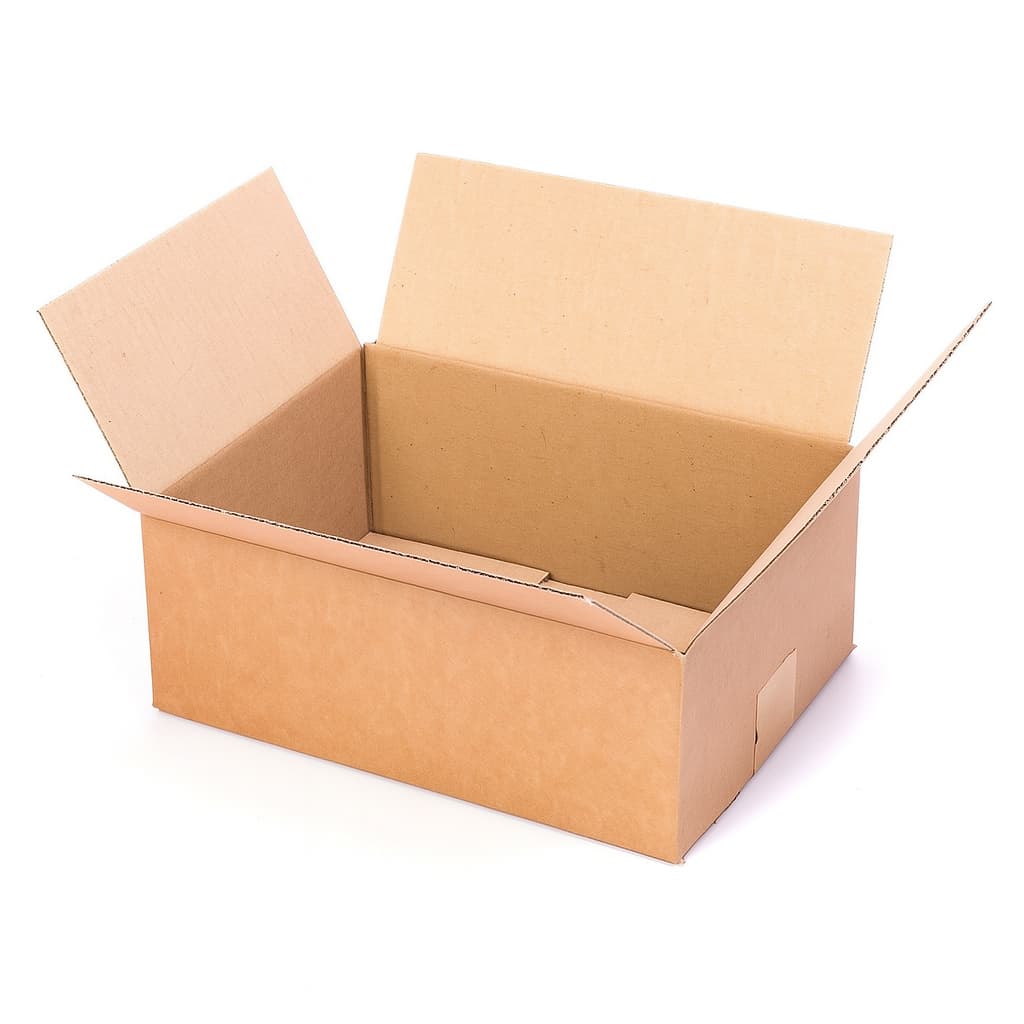
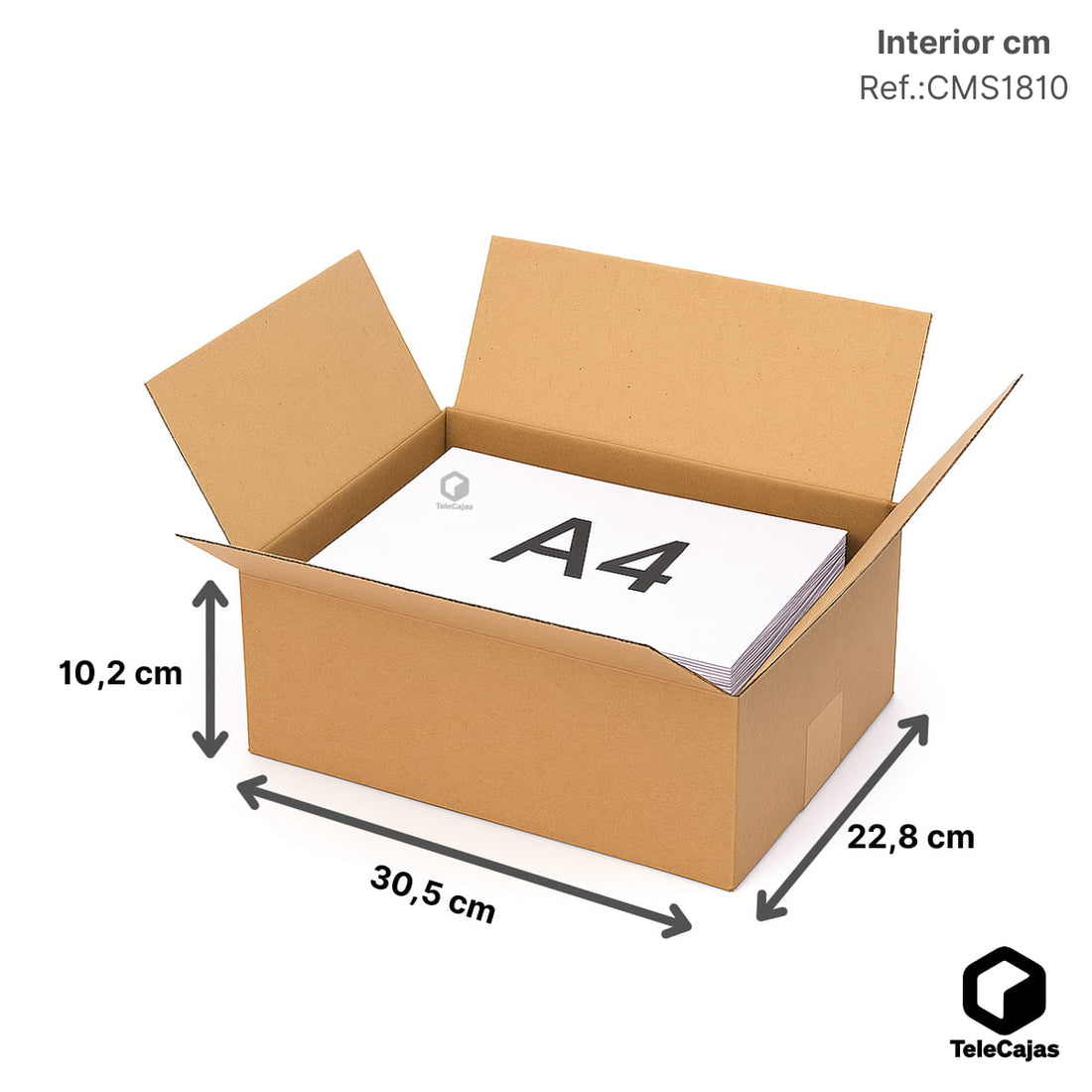
Hola, puede probar añadiendo 15 unidades de esta caja al carrito https://telecajas.com/products/caja-carton-mudanza-40×30×30-cm
Si necesita algo mas consultenos, saludos
Que precio tienen 15 cajas para trasteo y la cinta estoy en Sogamoso